Table of Contents
Quality Service Guarantee Or Painting Free

Get a rental agreement with doorstep delivery

Find the BEST deals and get unbelievable DISCOUNTS directly from builders!

5-Star rated painters, premium paints and services at the BEST PRICES!
Loved what you read? Share it with others!
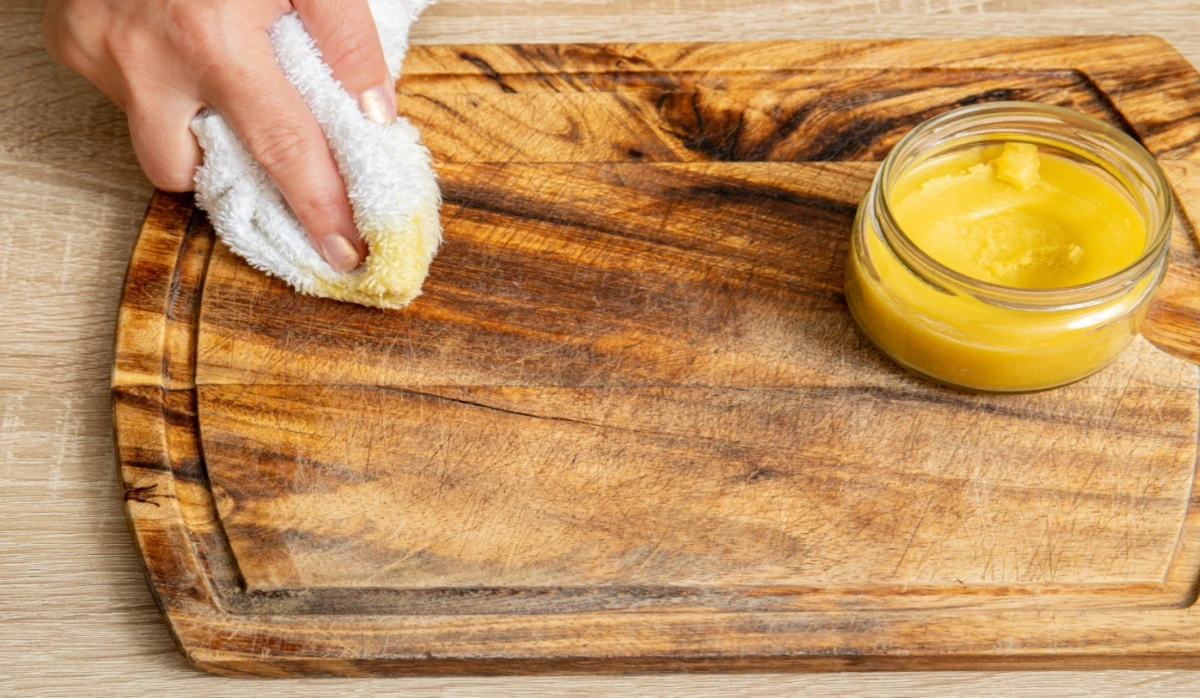

Submit the Form to Unlock the Best Deals Today
Help us assist you better
Check Your Eligibility Instantly

Experience The NoBrokerHood Difference!
Set up a demo for the entire community
How to Clean a Wooden Cutting Board and Keep It Bacteria-Free in 2025
Table of Contents
A wooden cutting board is an important piece of kitchen equipment that blends usefulness with traditional beauty. However, its porous structure renders it prone to collecting food particles, germs and smells if not cleaned and maintained correctly. Unlike plastic cutting boards, which are dishwasher-safe, wooden boards need careful handling to guarantee cleanliness and longevity. A well-maintained board reduces cross-contamination, promotes food safety, and stays a long-lasting buddy in your kitchen. In this blog, you will learn how to clean a wooden cutting board while conserving its surface and the environment.
Why Cleaning a Wooden Cutting Board Matters?
Chefs and house cooks prefer wooden cutting boards because of their longevity and inherent resistance to germs. Neglecting appropriate cleaning, however, may convert this adaptable instrument into a haven for dangerous bacteria like Salmonella and E. coli. These germs endanger your family's health by thriving on food left on the board.
Regular cleaning also helps to keep your board attractive by preventing food smells and stains from sinking into the wood. Good maintenance also increases the board's lifetime, saving you the expenses and work involved in regular replacements. Untreated boards may eventually show warping or fissures, which not only compromises their usage but also complicates cleaning. Your cutting board will look good and be sanitary if you follow a regular cleaning schedule.
Quality Service Guarantee Or Painting Free

Get a rental agreement with doorstep delivery

Find the BEST deals and get unbelievable DISCOUNTS directly from builders!

5-Star rated painters, premium paints and services at the BEST PRICES!
Materials Required for Cleaning Your Wooden Cutting Board
Effective cleaning of your wooden cutting board calls for easily accessible natural ingredients in most homes. These products are reasonably priced and environmentally friendly, guaranteeing the safety of your cleaning operation for food preparation and the surroundings.
- Lemon: Lemon is an adaptable cleaning tool with inherent antibacterial qualities. Its acidic character aids in the breakdown of difficult stains and neutralizes smells, keeping your cutting board clean and fresh.
- Baking Soda: Mildly abrasive baking soda efficiently removes stains without harming the surface of the wood. It also makes the board smell better by removing nasty odours from meal leftovers.
- Coarse Salt: A moderate scrub of coarse salt works well for difficult stains and food particles that have been stuck on. Together with lemon, it makes a natural cleaning agent that brings back the look of your board.
- White Vinegar: This strong, naturally occurring disinfectant kills germs and bacteria. It's very helpful for sterilizing your cutting board after handling raw meat, fish, or poultry.
- Food-Grade Mineral Oil or Beeswax: Conditioning your cutting board with food-grade mineral oil or beeswax is crucial for maintaining its lifetime. These materials hydrate the wood, stop cracking, and accentuate its inherent grain.
- Dish Soap: Mild dish soap is absolutely required for daily cleaning. It is mild on the wood and eliminates food waste and oil.
- Soft Sponge or Scrub Brush: A soft sponge or brush guarantees complete cleaning without damaging the surface of the wood. It will keep your cutting board in integrity for many years to come.
These natural and safe products can help you maintain your wooden cutting board spotless, hygienic, and in great shape for extended usage.
Step-by-Step Guide to Cleaning Your Wooden Cutting Board
Always wash wooden cutting boards by hand. Here is a step-by-step guide for cleaning your wooden cutting board.
Step 1: Scrape Off Food Debris
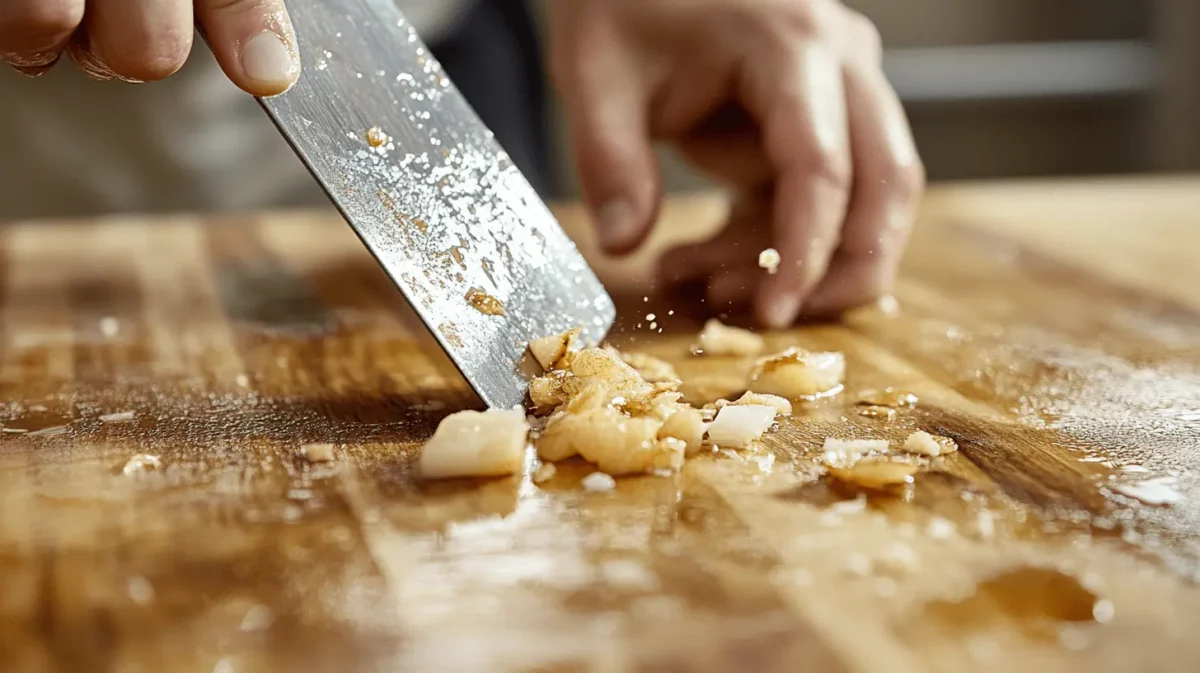
First, clear any food bits or stuck-on trash using a scraper or spatula. This stage guarantees more efficient cleaning and helps to avoid residue clinging during washing. Sharp knives should not be used for this, as they might ruin the surface of the wood.
Step 2: Wash the Board
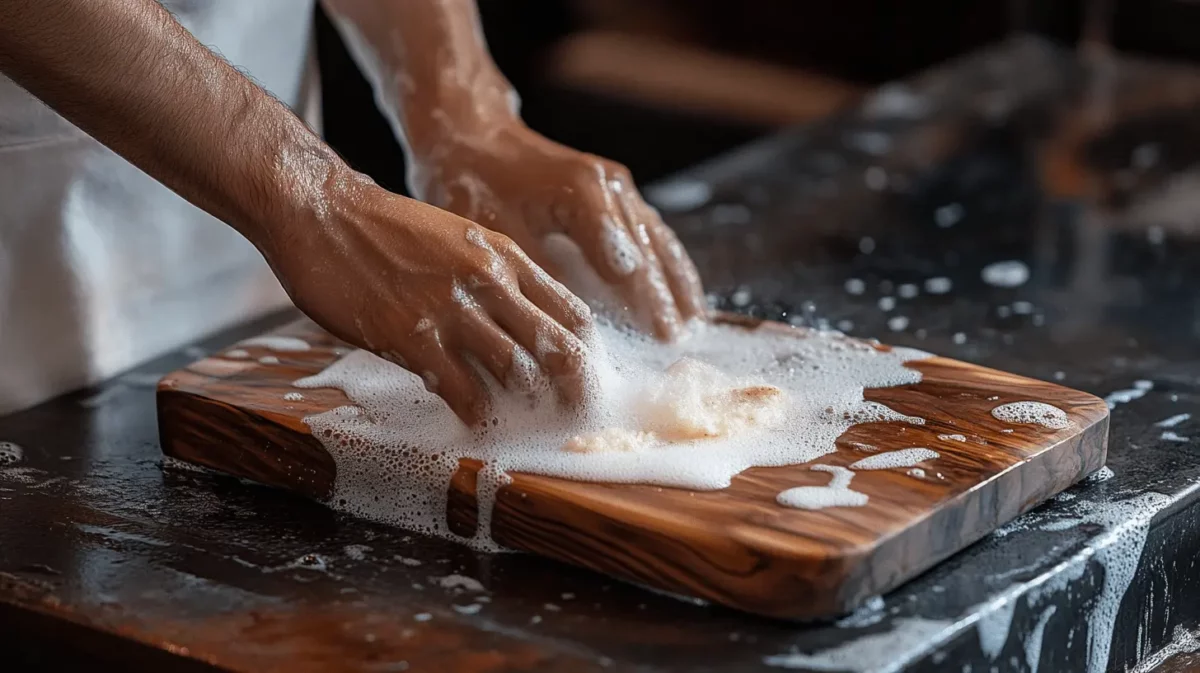
Scrub the cutting board with a soft sponge after mixing some mild dish soap with warm water. Focus especially on places where food particles might find refuge. Wash all sides of the board—even if one side wasn't utilized to preserve an equal moisture balance. Never immerse your hardwood board in water; long-term dampness may cause it to deform or shatter. You can click here to
Step 3: Rinse and Dry
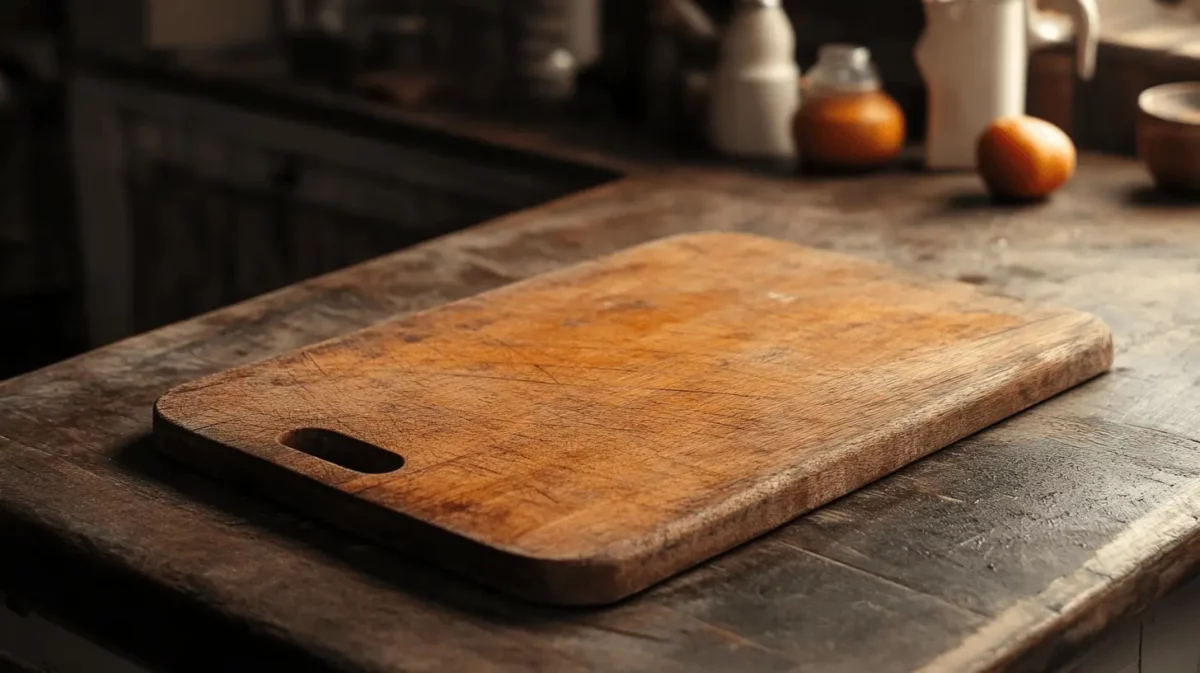
To get all of the soap left on the board, completely rinse it under running water after cleaning. Pat the board dry right away with a fresh, dry towel. Let the water sit on the surface; it will cause swelling and, over time, damage the wood. Although air-drying is advised, be sure the board is kept upright in a well-ventilated space to prevent moisture accumulation.
Step 4: Remove Stains and Odors
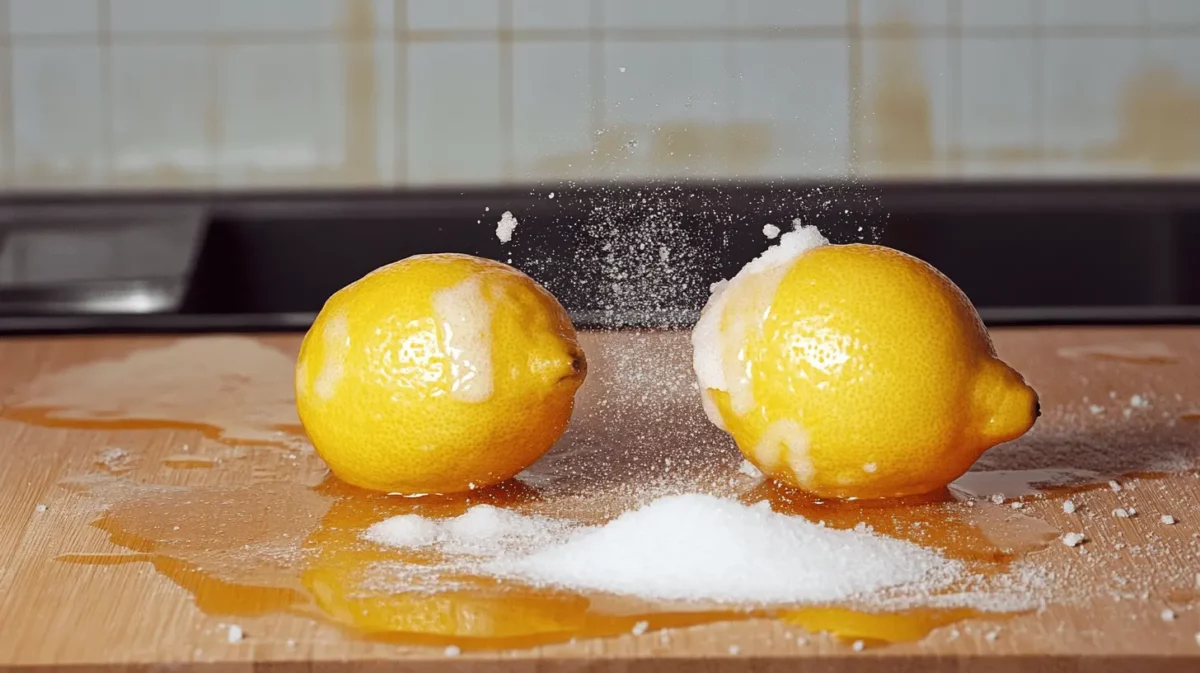
Apply baking soda or coarse salt to tough stains over the afflicted area. Halve a lemon and gently squeeze it to unleash its inherent cleaning power on the surface. The lemon's acidity neutralizes smells and aids in lifting stains. Thoroughly rinse the board and let a fresh towel dry it.
Condition the Board
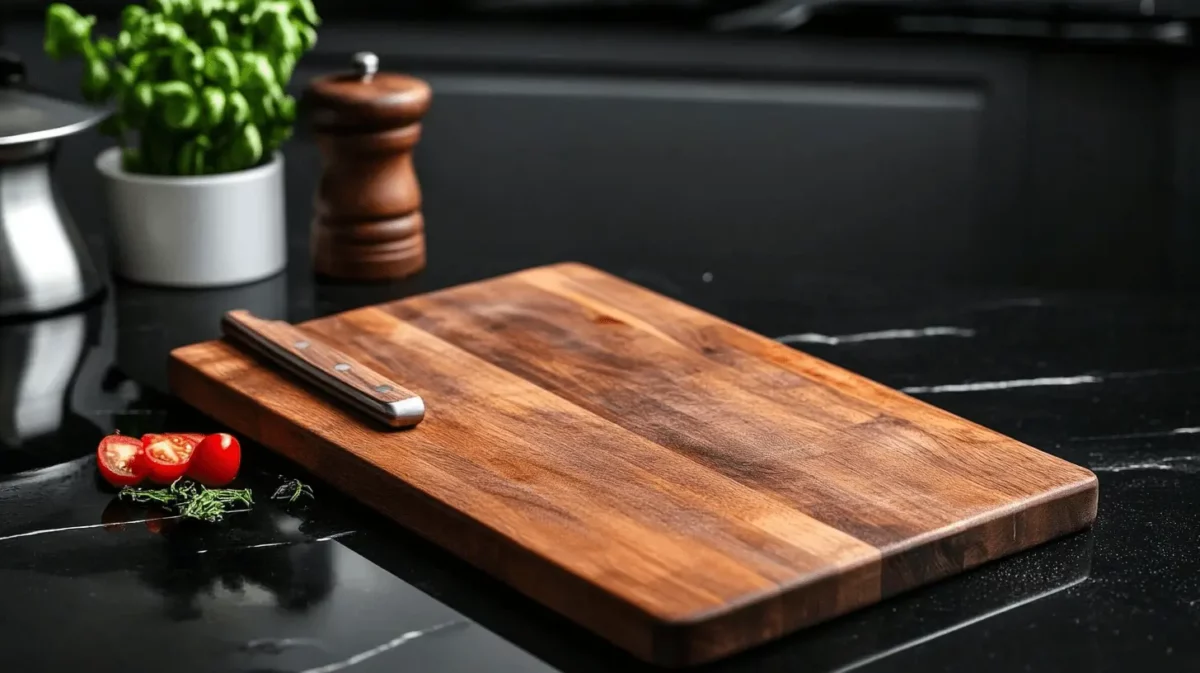
Apply a thin coating of food-grade mineral oil or beeswax to keep your cutting board moist and stop it from splitting. Cover the area with a clean towel, then let the oil rest for at least fifteen to twenty minutes. Another towel can help you buff the surface to eliminate extra oil, freeing the board from damage. Since conditioning helps to recover moisture lost after thorough cleaning or disinfection, it is especially crucial to follow these procedures.
Disinfecting and Deep Cleaning Your Cutting Board
Sanitizing and thoroughly cleaning your hardwood cutting board is essential, especially after handling fresh meat, chicken, or fish. While thorough cleaning guarantees the elimination of hazardous germs, Homemade Cleaning Aids for Every Household eliminates surface residue, maintaining the safety of food preparation. Sanitizing wooden surfaces is effectively and safely accomplished by using natural disinfectants such as diluted bleach solutions or white vinegar.
Using Vinegar for Disinfection
One naturally occurring, food-safe disinfectant is white vinegar. In a spray bottle or basin, equal parts white vinegar and water. Using a fresh towel or sponge, thoroughly wipe the cutting board with the solution. Let the vinegar rest on the surface for five to ten minutes to destroy germs. Under warm running water, rinse the board; then, quickly pat it dry with a clean towel. Later, mineral oil conditioning helps to recover lost moisture throughout the procedure.
Using a Bleach Solution for Deep Cleaning
For stronger disinfection, dilute one tablespoon of unscented bleach in one gallon of water. Wipe the board's surface by dipping a fresh sponge or cloth in the solution. Look especially at any grooves or knife marks where germs might hide. Rinse the board carefully afterwards to remove any bleach residue. Dry it immediately using a towel to guarantee no moisture penetrates the lumber. Proceed in a conditioning phase to guard the board.
Tips for Effective Deep Cleaning
To avoid warping, always use soft sponges or towels; avoid soaking the board in water or cleaning solutions; and repeat thorough cleaning at least once a month or after preparing raw meat or fish.
DIY All-Purpose Cleaner guarantees sanitation and extends the lifetime of your cutting board, maintaining its dependability for many years in the kitchen. Click here to learn how to use baking soda for cleaning.
Monthly Maintenance for Longevity
Regular monthly maintenance is essential for maintaining the great condition of your wooden cutting board, prolonging its lifetime, and guaranteeing ongoing food safety. Deep cleaning, deodorizing, and conditioning comprise this schedule to preserve the board's integrity and natural beauty.
Step 1: Deep Cleaning with Salt and Lemon
Start by liberally gritting the cutting board's surface with coarse salt. Halve a lemon and gently press the sliced side to work the salt into the wood. While mild on the wood, this natural approach eliminates stains, food bits, and smells. Let the mixture rest for five minutes to let the lemon's natural acids penetrate and remove trash. Using warm water, rinse completely, then wipe dry with a fresh towel.
Step 2: Washing and Drying
Once you've scrubbed, gently clean the board with a soft sponge and mild dish soap. This stage gets any last traces of lemon or salt. Under running water, rinse; wash both sides of the board to preserve consistent moisture levels. Immediately dry the board with a clean towel to stop water absorption that can cause warping or cracking. Click here to learn how to wash alcohol.
Step 3: Conditioning the Wood
After the board is dry, use a fresh cloth to apply a liberal coating of food-grade mineral oil or beeswax. Equally, distribute the oil across the board's surface and edges. For the greatest hydration, let the oil seep into the wood overnight. The following day, polish the surface with yet another fresh cloth to eliminate any extra oil and bring back the board's flawless finish.
Benefits of Monthly Maintenance
You can also use hydrogen peroxide to prevent the wood from absorbing too much moisture, drying out, or breaking. This guarantees that the board will stay sanitary and aesthetically pleasing for many years, free from germs, stains, and smells.
Tips for Prolonging the Life of Your Cutting Board
Your wooden cutting board's longevity, hygienic quality, and usefulness depend on correct care and maintenance. Use these Tips for Deep Cleaning Your House to extend the lifetime of it:
- Steer clear of dishwashers; never put a wooden cutting board through one. Long-term water exposure and high heat may deform and split the wood. Always handwash your board using warm water and a light soap.
- After cleaning, gently pat the board dry with a fresh towel. Avoid letting water stay on surfaces, as it may soak the wood and cause mould or swelling.
- Keep your cutting board vertically in a well-ventilated space to let air flow and reduce moisture accumulation.
- Rotate and utilise both sides to guarantee consistent wear and tear on your cutting board. This exercise keeps one side from being too worn or asymmetrical.
- Apply food-grade mineral oil or beeswalk weekly to hydrate the wood and guard against cracking or drying out.
- Avoid strong chemicals; use natural cleansers like vinegar, lemon, and salt. Chemical cleansers and strong detergents could harm the wood and produce poisonous residue.
- Wash your board right after following usage to eliminate food leftovers and stop bacterial growth.
- Set aside certain cutting boards for fresh fruit and raw meats to prevent cross-contamination.
By including these ideas in your daily maintenance, your cutting board will remain in great shape and guarantee its safety and lifetime for years to come.
Knowing When It's Time to Replace Your Board
Wooden cutting boards finally display wear and tear that compromises their safety and usefulness even with good maintenance. Maintaining a sanitary kitchen requires an awareness of when your board needs to be replaced.
Fractures and splits:
Search the board for deep surface fractures, splits, or grooves. These places may retain food particles and germs, making complete cleaning difficult and raising the risk of cross-contamination. Other signs that your board is nearing the end of its lifetime include ongoing smells or discolouration that do not go away after extensive cleaning.
Warping or uneven surfaces
Warping or uneven surfaces can also make the board unstable, creating safety concerns when cutting. If the wood fibres start to flake off or break down, it's time to retire the board and make new investments.
Although a well-kept cutting board may last years, changing one as needed guarantees that your kitchen stays safe and effective.
How NoBroker Helps with Cleaning Services
Maintaining a hardwood cutting board requires regular cleaning, disinfection, and conditioning. These techniques will help you to guarantee food safety, extend the life of your board, and maintain the condition of your kitchen gear. NoBroker is here to assist with deep cleaning or a complete kitchen cleanup. Their environmentally friendly, professional cleaning solutions are meant to handle even the hardest kitchen maintenance chores, guaranteeing a safe and sanitary cooking environment for your family and yourself.
Frequently Asked Questions
Ans: Olive oil does not get rancid with time; it smells bad. Instead, use beeswax wax or food-grade mineral oil.
Ans: Your board should be sanatised weekly or after raw meat, chicken, or fish cutting.
Ans: The smell of molds can call for a good clean with vinegar, baking soda, and lemon combination.
Ans: After scraping off food, wash by hand using mild dish soap and warm water. Please don't put the board in the dishwasher or soak it in water.
Ans: Do not soak it in water. Dry it immediately after washing and routinely treat it with mineral oil.
Ans: They have benefits. While plastic boards are simpler to disinfect in dishwashers, wooden boards are robust and naturally antimicrobial.
Recommended Reading
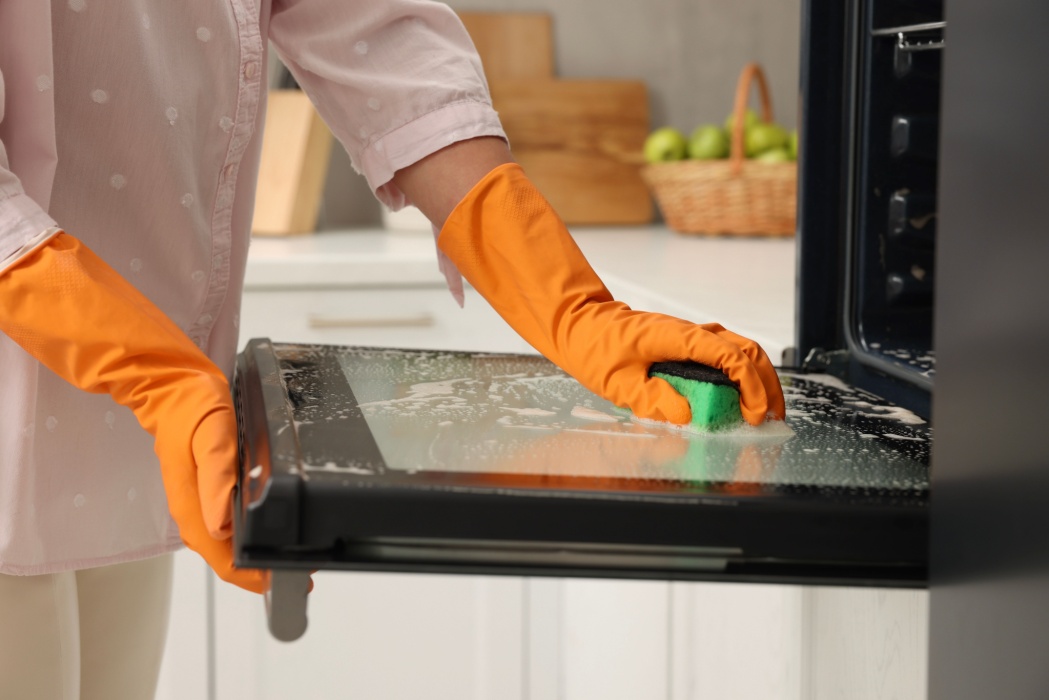
November 6, 2024
3064+ views
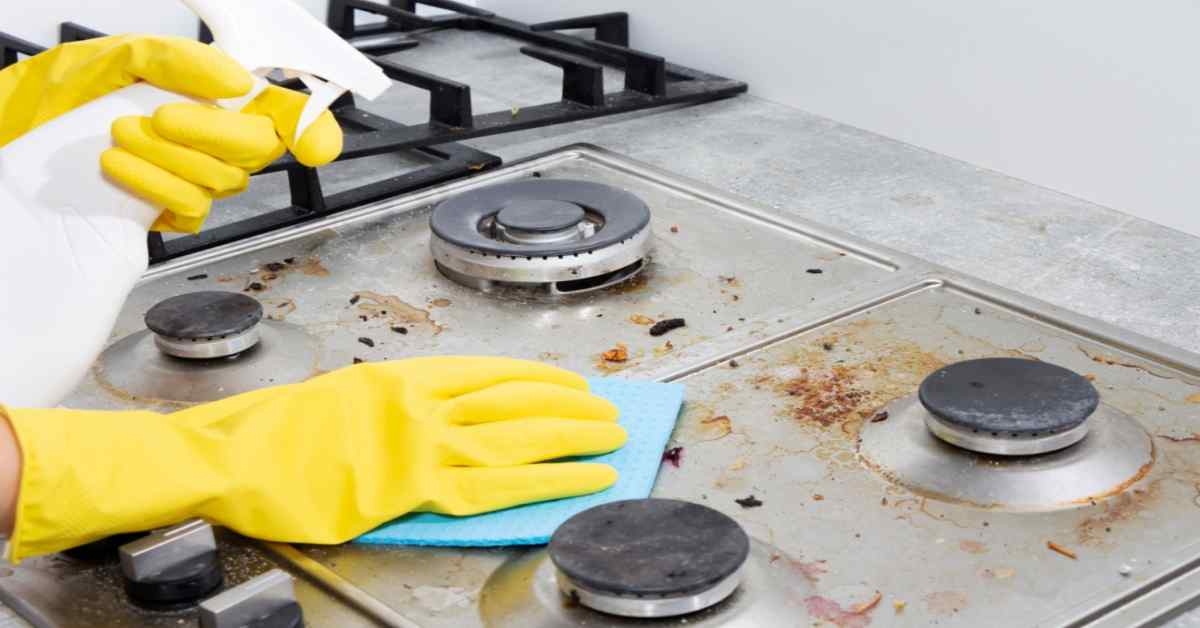
How to Clean a Gas Stovetop: Easy and Effective Natural Methods for a Sparkling Clean Finish in 2024
November 3, 2024
1662+ views
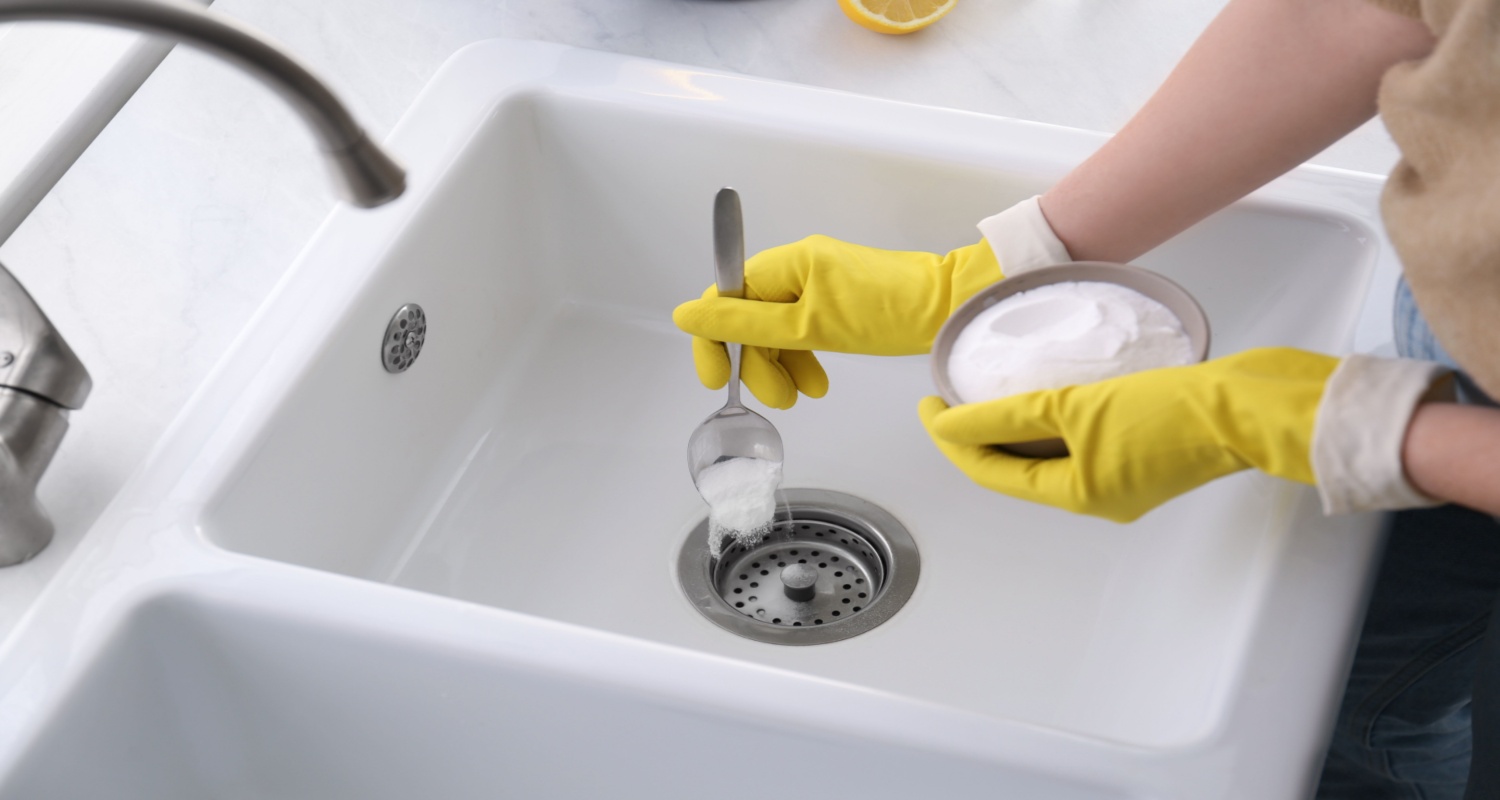
How to Clean Your Kitchen Sink: Simple Steps for a Sparkling Finish in 2024
October 10, 2024
4749+ views
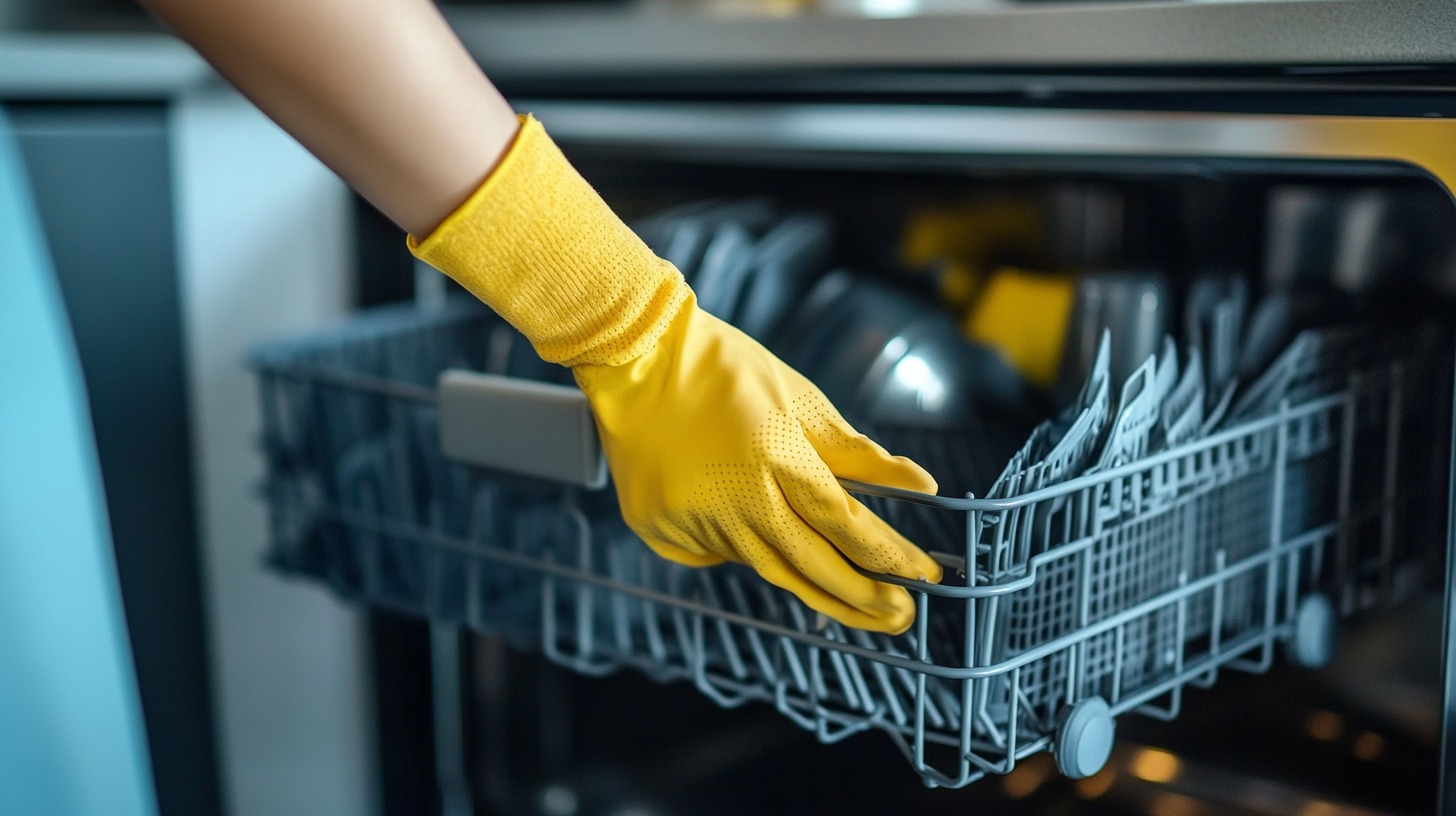
Step-by-Step Guide on How to Clean Your Dishwasher in 2024
September 30, 2024
240+ views
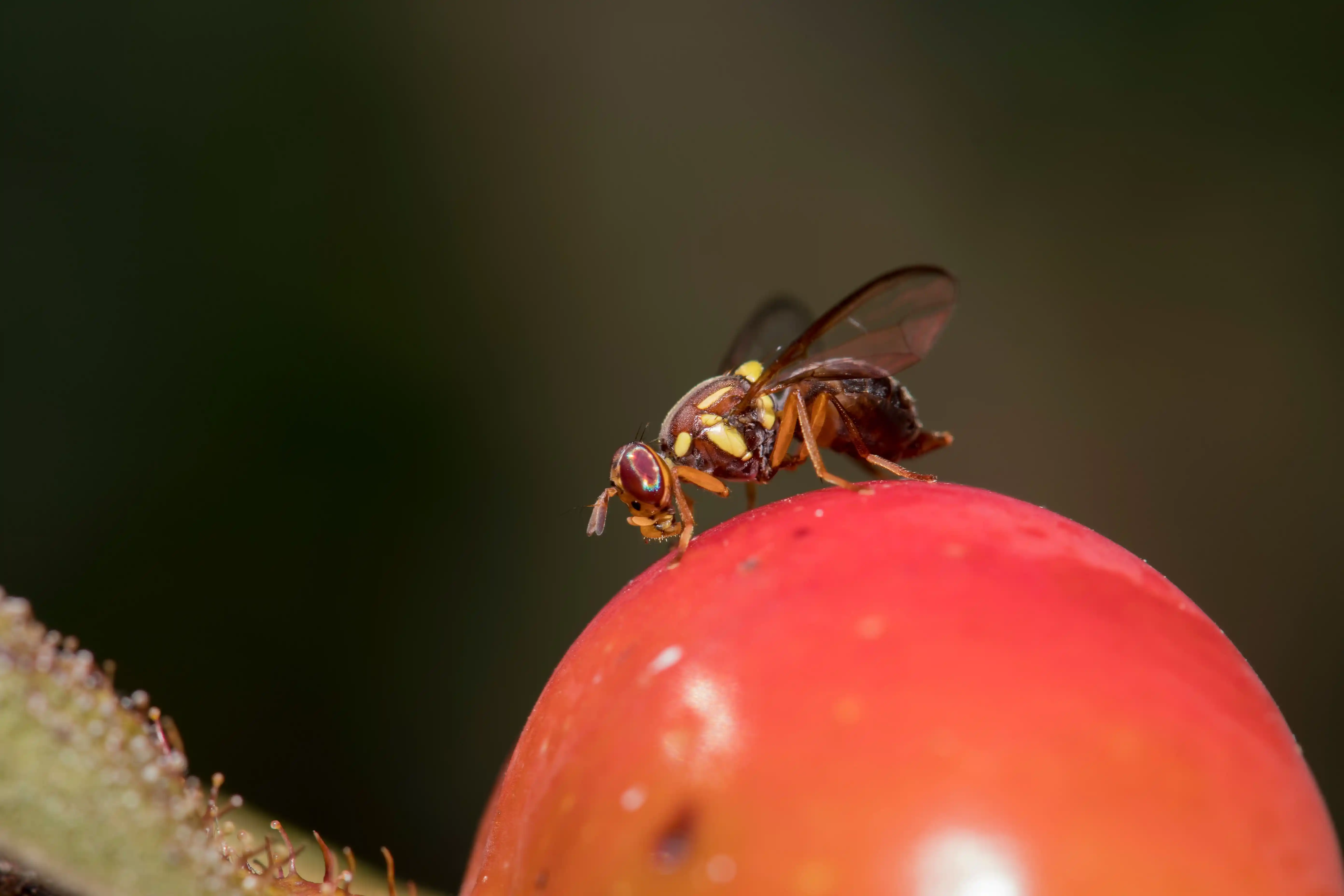
How to Get Rid of Fruit Flies in Your Kitchen: Tips and Tricks
August 20, 2024
2496+ views
Loved what you read? Share it with others!
NoBroker Cleaning Testimonials
Most Viewed Articles

Diwali Cleaning Tips and Guide: Make Your Home Shine for the Festival in 2024
October 23, 2024
13565+ views
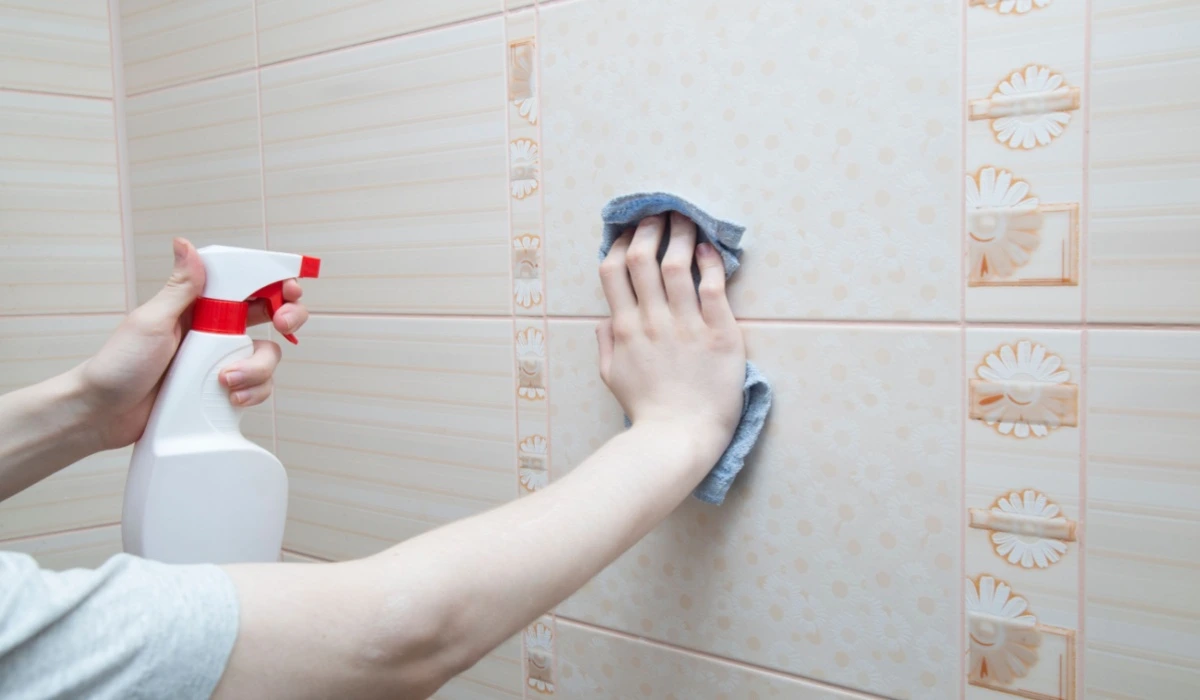
How to Clean Bathroom Tiles: Easy and Effective Methods for a Sparkling, Hygienic Bathroom for 2024
November 6, 2024
8626+ views

October 10, 2023
6890+ views
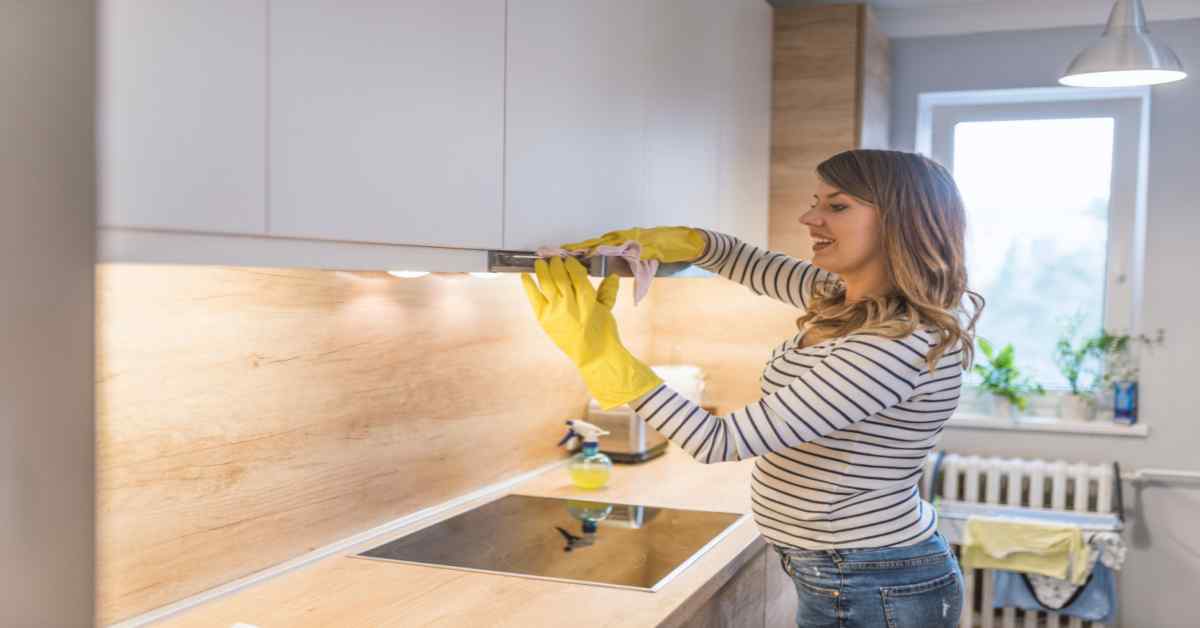
How to Clean Kitchen Exhaust Fan Properly?
January 2, 2024
6798+ views
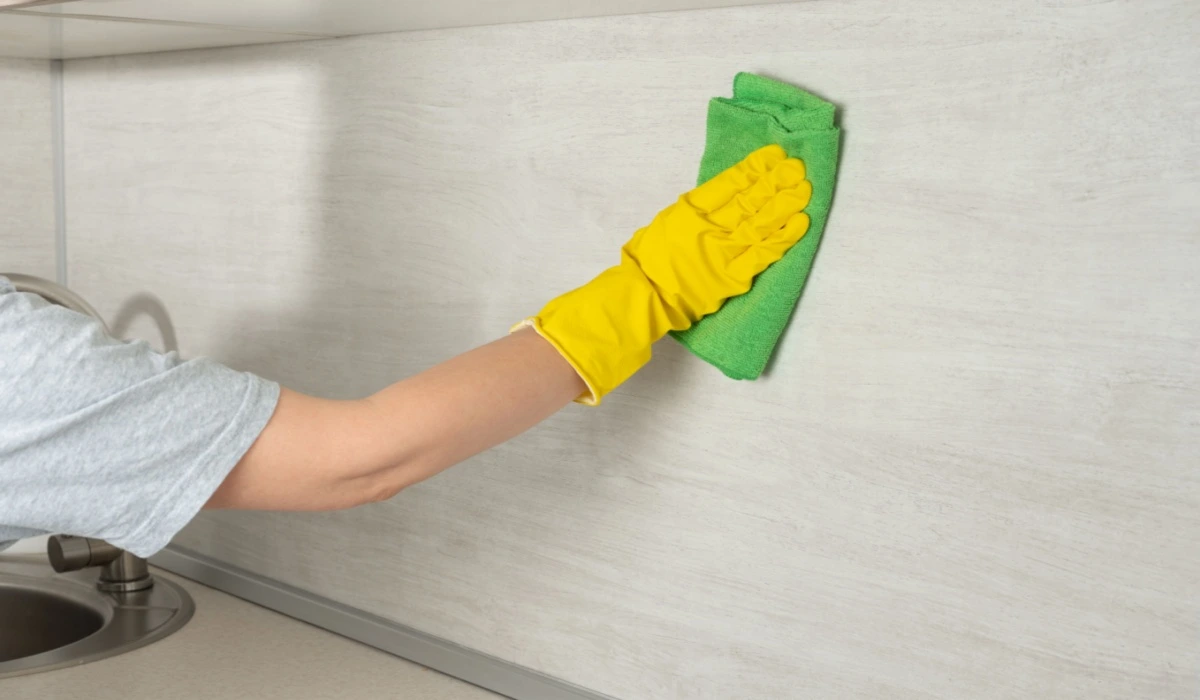
How to Remove Stains from Walls? Quick and Easy Tips to Restore Your Walls' Original Beauty in 2024
November 6, 2024
6254+ views
Recent blogs in
Bathtub Cleaning Solutions: Step-wise Cleaning Methods to Keep Your Tub Sparkling Clean in 2025
December 8, 2024 by Krishnanunni H M
Bathroom Cleaning Checklist: Daily, Weekly, and Monthly Tasks Made Easy
December 1, 2024 by Manu Mausam
How to Wash Glass Windows | Step-by-Step Guide for Streak-Free Cleaning
November 30, 2024 by Priyanka Saha
How to Clean a Wooden Cutting Board and Keep It Bacteria-Free in 2025
November 29, 2024 by Susan



Join the conversation!